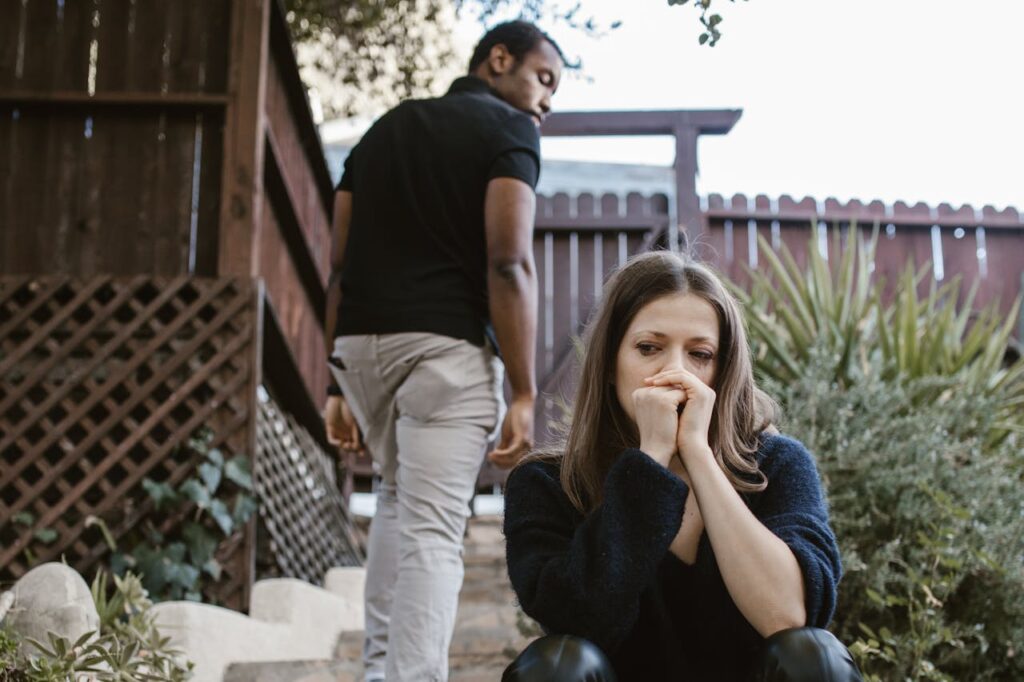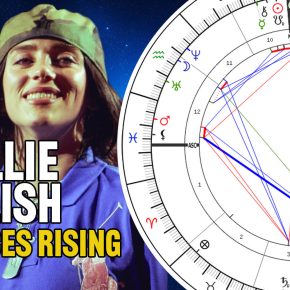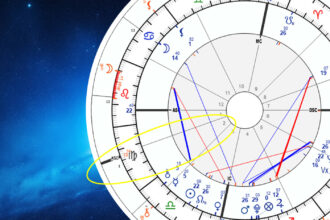Whenever Venus squares Saturn in a composite chart, you can expect a connection with weight. This isn’t the carefree, effortless romance people dream about. It’s a bond that asks for emotional maturity, steady presence, and patience. Affection doesn’t always flow easily. Timing can feel out of sync. Walls appear where you wish there were openness.
But calling it “doomed” overlooks what this aspect is actually trying to build. It’s here to shape the relationship, not ruin it.
Venus and Saturn: Affection Meets Reality
In a composite chart, Venus square Saturn is an aspect that creates both attraction and tension in the relationship, shaping how love is expressed and how secure each partner feels.
The connection may feel like it’s constantly negotiating between desire and restraint. One person may give more emotionally while the other withdraws. Or both feel deeply attracted yet unable to fully relax into the bond because something, internal or external, sparks insecurity.
Sometimes the blockage isn’t emotional personality. It can simply be life: timing, distance, responsibilities, families, obligations, careers. This square often shows a couple who want each other but must confront barriers before they can truly merge.
I remember a composite example where both partners were deeply in love, but whenever they grew closer, she instinctively pulled back. Not because she didn’t care, but because closeness triggered fears she never dealt with. He tried to stay patient, but the cycle repeated so often that the tension became the lesson. They loved each other, but they had to work through layers of personal fear before the relationship could breathe.
That’s Saturn square Venus in real life: a meaningful bond with emotional tightness that must be slowly unwound.

How It Often Shows Up
This aspect can manifest in several ways depending on the chart, but these patterns appear frequently:
Timing feels mismatched. You meet during transitions, breakups, relocations, career shifts, family obligations. The connection is strong, but circumstances dictate the pace.
Affection feels blocked or inconsistent. One partner may express love easily, while the other hesitates. Silence or withdrawal can appear when emotions get too intense.
External obstacles arise. Long distance, cultural differences, age gaps, finances, responsibilities, something seems to stand between you.
Fear of vulnerability. There may be a deep bond, but walls go up when emotional risk increases. You feel close, then suddenly feel the distance again.
Emotional cooling. Not because love is absent, but because the relationship triggers old fears around rejection, inadequacy, or attachment.
Yet underneath all of this is a seriousness that doesn’t show up in casual relationships. This love wants to grow up. It wants grounding, clarity, and accountability.
Why This Aspect Can Strengthen the Bond
A square isn’t a roadblock. It’s friction and friction builds things.
If both people show up with consistency, honesty, and willingness to grow, Venus–Saturn square often becomes the backbone of a long-lasting relationship. Many of the most enduring couples I’ve seen had difficult Saturn contacts in their composite charts. There was no fairy-tale beginning. The love developed through time, depth, trust, and mutual effort.
Saturn always works on a delayed timeline. What begins slowly can become unshakeable.
This aspect can give the relationship:
- commitment that grows stronger with time
- loyalty rooted in real understanding
- emotional maturity
- the ability to weather real-life challenges
- a bond built on shared responsibility and effort
It’s a connection that ages well, like something that finally fits after being shaped and smoothed through experience.
What Holds This Bond Together
This isn’t the chart of a couple who falls effortlessly into each other’s arms. It’s the chart of two people who must grow into love. Venus square Saturn in a composite chart asks you to face fears around affection, trust, timing, and intimacy, and to build something steady from those lessons.
If both partners are willing, this aspect becomes a container that protects the relationship rather than restricts it. The bond may start with tension, misunderstanding, or emotional hesitancy, but over time it can evolve into one of the most grounded and resilient forms of love that never ends. This is a relationship that becomes real not through fantasy, but through devotion.












